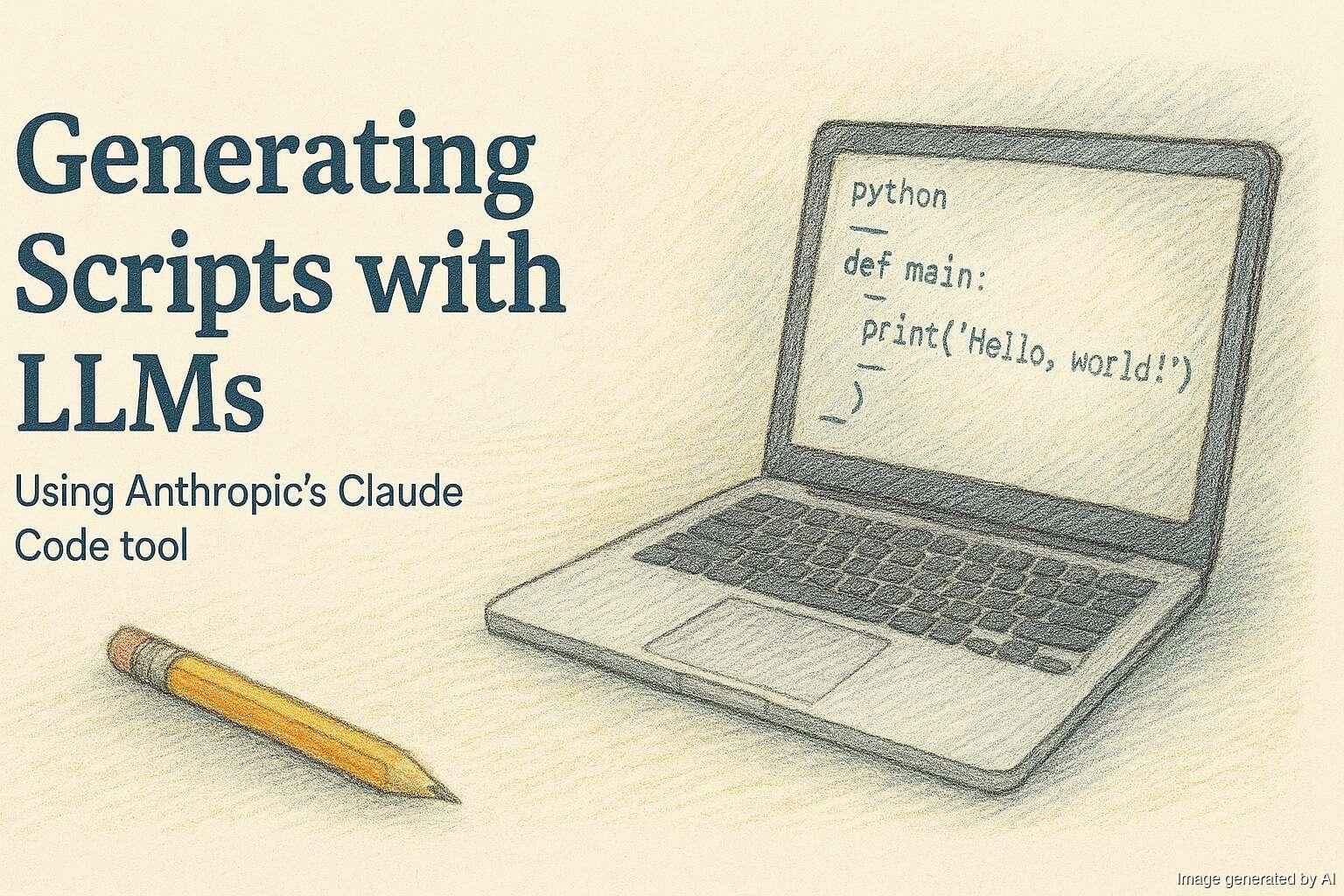Generating scripts with LLMs

With the recent release of the new OpenAI ChatGPT that can do image generation, I thought that I might add a feature image to my last blog post. I've had mixed experiences of AI generation of images, probably because I'm not good at prompting them. I started with this: We now have an image, but it doesn't have a credit. Now, I could go back to the LLM and ask it again, but these things… continue reading.



